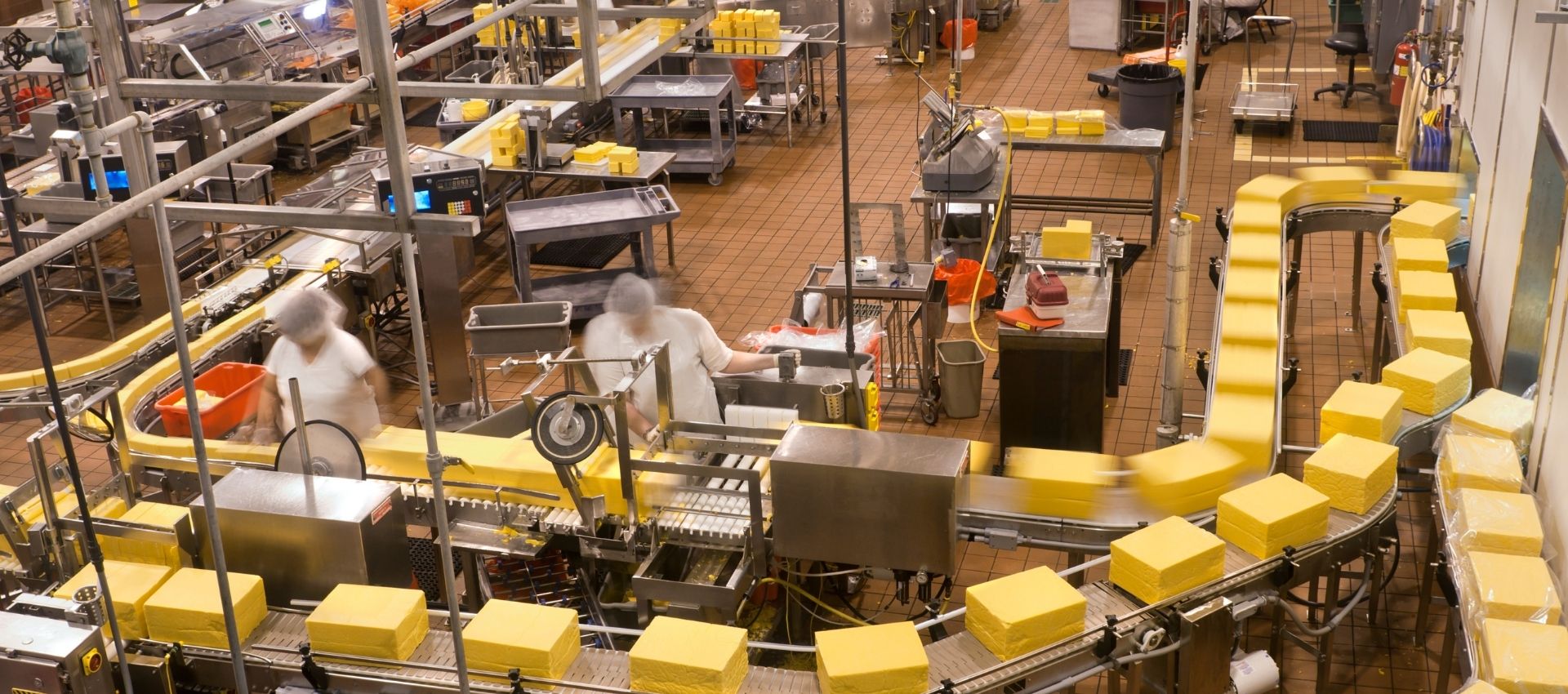Packaging Industry
Packaging protects, markets, and extends product shelf life. Innovations focus on sustainability, smart features, and recyclability. Eco-friendly materials and minimalistic design are rising trends. Digital printing and automation enhance efficiency. Regulatory pressure and conscious consumers are driving the shift toward sustainable and circular packaging solutions.

The Packaging Industry is a vital link between producers and consumers, playing a crucial role in protecting, preserving, and presenting goods across sectors such as food and beverage, pharmaceuticals, consumer electronics, cosmetics, and e-commerce. It encompasses a wide range of materials and technologies designed not only to contain products safely but also to enhance usability, extend shelf life, ensure regulatory compliance, and support branding and marketing efforts.
Packaging solutions vary widely depending on the product’s nature, from rigid containers and flexible pouches to corrugated boxes and advanced barrier films. Common materials include plastics, paper and paperboard, metals, and glass. The selection of materials is driven by functionality, cost, aesthetics, and environmental considerations. In recent years, significant attention has shifted toward creating lighter, stronger, and more sustainable packaging solutions.
One of the most defining trends in the industry today is sustainability. Rising environmental awareness and regulatory pressures have pushed companies to reduce packaging waste, shift to recyclable or biodegradable materials, and minimize the carbon footprint of packaging processes. Innovations such as compostable films, plant-based plastics, and refillable systems are gaining traction. The circular economy model where packaging is designed to be reused, recycled, or composted has become a central guiding principle.
E-commerce growth has also reshaped packaging requirements. The shift from traditional retail to direct-to-consumer models has increased demand for durable, protective, and cost-efficient packaging that can withstand complex shipping logistics. This has led to innovations in tamper-evident seals, cushioning materials, and smart tracking technologies. Packaging is no longer just about containment; it must also provide a seamless unboxing experience and reflect brand identity.
Smart packaging is another emerging area, integrating technology to enhance functionality. This includes features like QR codes for product traceability, time-temperature indicators for perishable goods, and RFID tags for inventory management. In the food and pharmaceutical industries, smart packaging can improve safety and compliance by providing real-time data on storage conditions, expiration, and authenticity.
Digital printing technologies are also transforming how packaging is produced and customized. Unlike traditional printing methods, digital printing allows for shorter runs, rapid turnaround times, and greater personalization. Brands can now create limited-edition packaging, seasonal designs, or region-specific messaging without significant cost increases. This enhances marketing capabilities and consumer engagement.
Automation and robotics are streamlining packaging operations in manufacturing facilities. From high-speed filling and sealing machines to robotic arms for palletizing, automation improves consistency, reduces labor costs, and increases throughput. Integration with Industry 4.0 technologies such as IoT sensors and data analytics is enabling smarter and more responsive packaging systems.
Challenges remain, including cost pressures, material availability, and the need for compliance with evolving global standards and regulations. However, the industry’s ability to adapt through innovation and design thinking positions it well to meet future needs.
As consumer expectations evolve and global supply chains become more complex, the packaging industry will continue to play an essential role in ensuring product integrity, enhancing sustainability, and supporting the seamless flow of goods worldwide.
Company
Newsletter
We have a dedicated team of specialists for you as your email.


